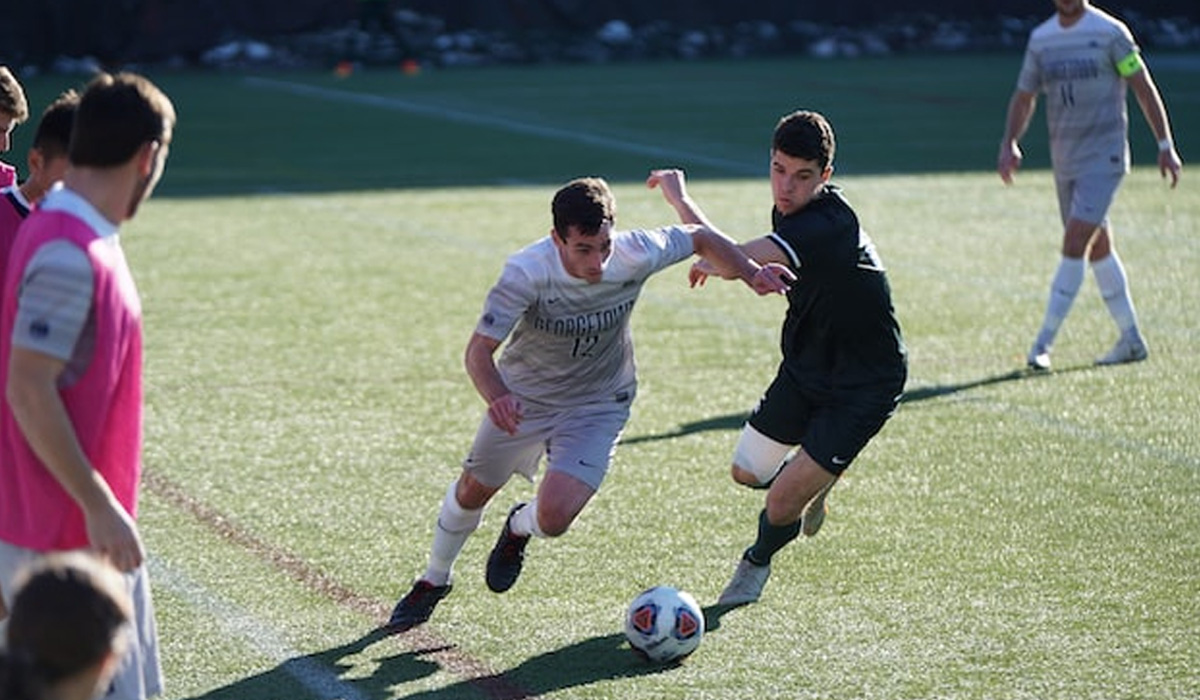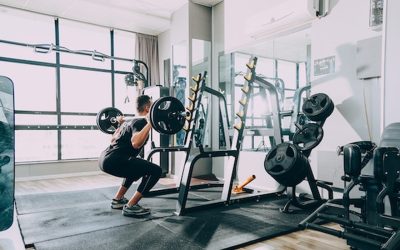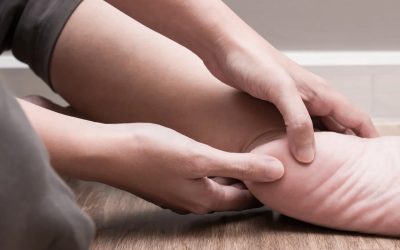Managing an MCL injury
The MCL is the acronym for medial collateral ligament, it is the main stabiliser on the inside aspect of the knee. It attaches the thigh and the shin bone with a fibrous band of tissue called a ligament. It’s main job is to support the knee from pressure applied to the outside of the joint causing a ‘widening’ of the inside aspect of the joint. It’s a very common presentation in a sporting context and Physio can help manage it appropriately.
MCL can tear in three different grades. Grade I means less than 10% of fibres have torn and will heal in 3-4 weeks. Grade II is 20-30% fibres torn and can vary in time frames but will generally heal in 6-8 weeks. Grade III is a complete rupture of your MCL and will need surgical intervention to repair the ligament.
All grades are diagnosed via your health physician depending on the location of symptoms, mechanism of injury and degree of ligament laxity.
How to best manage your MCL injury!
Immobilise it!
Use a brace to immobilise the knee – Aiming to keep the knee from being in a fully ‘straight’ position. This will allow the ligament to sit in a slightly relaxed position to help promote early healing. Using a brace will also help alleviate any side to side movement in the knee which will further aggravate the knee.
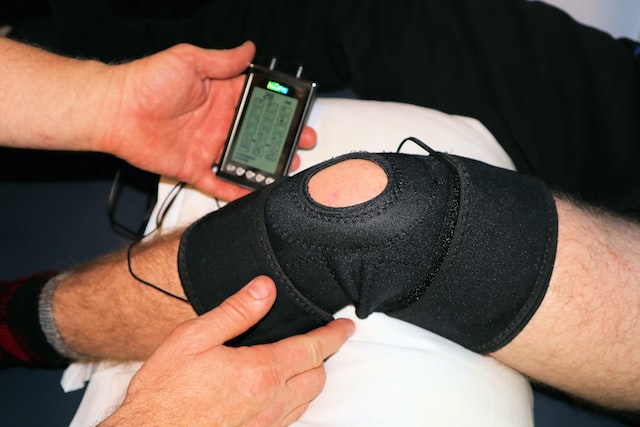
Avoid early knee extension (Straightening the knee)!
The MCL is on stretch or pulled tight when the knee is straight. After an acute injury placing the knee in a subtle bend in the first 7-10 days will help promote healing by keeping the ligament in position with more ‘slack’.
Quads Quads Quads!
With immobilisation and altered walking gait comes muscle wasting within the first 72 hours. Completing pain free muscle activation and strengthening of the quadricep muscles as soon as tolerated is very important. Generally simple exercises like mini squats, wall sits and stairs can be tolerated very early on if the knee is kept in a straight position.
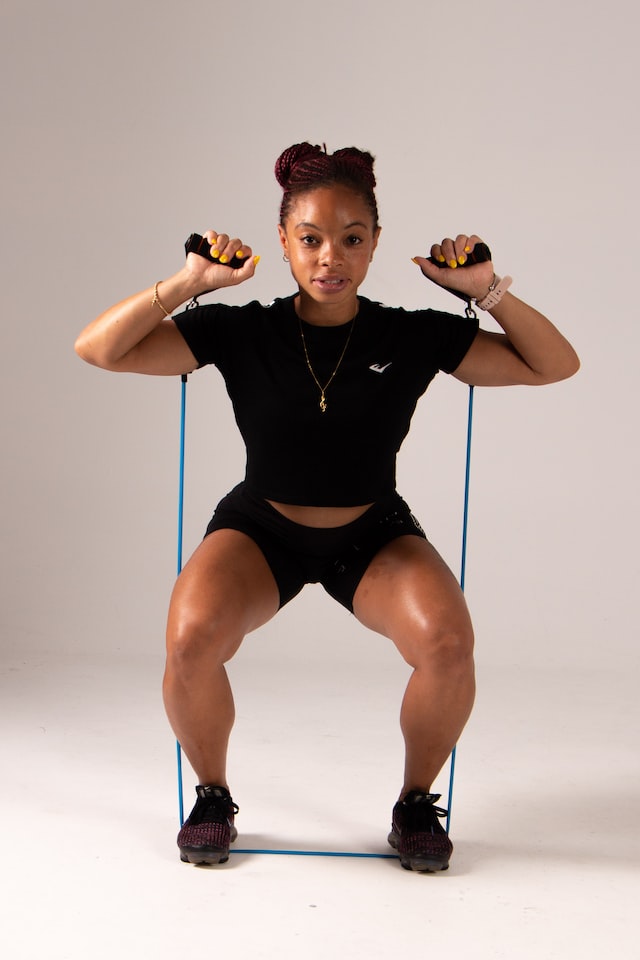
Keep it to straight lines!
MCL injuries will hate any lateral or side to side movements. On your journey to returning to exercise it’s best to keep all knee movements in a straight plane. Start with all strength exercises where the knee can maintain a neutral position. Think squats, lunges, wall sits, leg press, bridges where the knee does not have any side to side movement. Straight line running can start in as little as 2 weeks post injury depending on the grade of your tear. Side to side movements begin in the later stages of your rehab when all in clinic testing does not reproduce any symptoms.
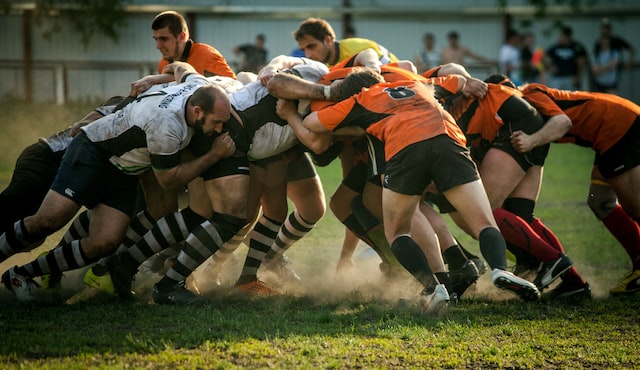
Complete sport specific rehab prior to return to sport!
Adding sport specific training prior to return to sport is fundamental. Challenging your knee in cutting, directional movements, contact movements to help restore confidence and proprioception around the joint. This ensures that your knee is back to full stability and your confident returning to sport without risking further injury.

